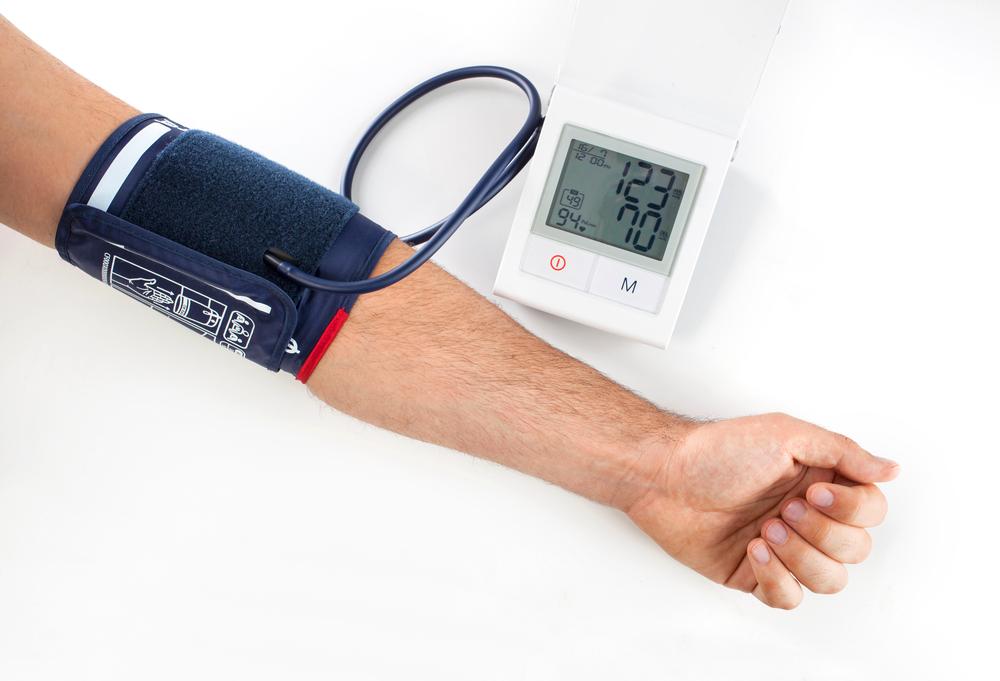Understanding A Blood Pressure Chart And What It Means
It is an established fact that a healthy blood pressure level is a must for healthy living. It is important to maintain a normal blood pressure as a high blood pressure level can lead to serious heart ailments, and a low blood pressure level can cause serious damage to organs by not providing them sufficient blood and oxygen.
So, how do you maintain a healthy blood pressure range? It is simple if you know what the ideal blood pressure range is. Read on to know more about the blood pressure chart and what to make of the readings.
Understanding Blood Pressure chart
- The blood pressure level is broadly classified into five main categories which range from hypotension to Stage 2 hypertension.

Things to keep in mind before you refer to a blood pressure chart
A blood pressure chart is a well-designed chart that consists of different ranges of blood pressure and what they mean.
Before one reads a blood pressure chart, here are few things that you need to keep in mind:
- The blood pressure chart serves more as a guide and shows approximate numbers rather than exact numbers.
- You need to keep in mind both the systolic, i.e. the top number and the and the diastolic, i.e. the bottom number while taking the readings.
- While the systolic measures the pressure on the blood vessels as your heart pumps out blood out to the body, the diastolic shows you the pressure on the blood vessels while your heart fills up with blood that comes back from other body parts.
- Even if either of the numbers is too high, you are highly likely to be suffering from hypertension.
An extremely high or an extremely low blood pressure can cause serious health complication. Hence, it is advisable that you regularly check your blood pressure and ensure that it is in a healthy and moderate range. With proper medications, well-planned diet, and a healthy lifestyle approach, you can easily manage your blood pressure levels.

